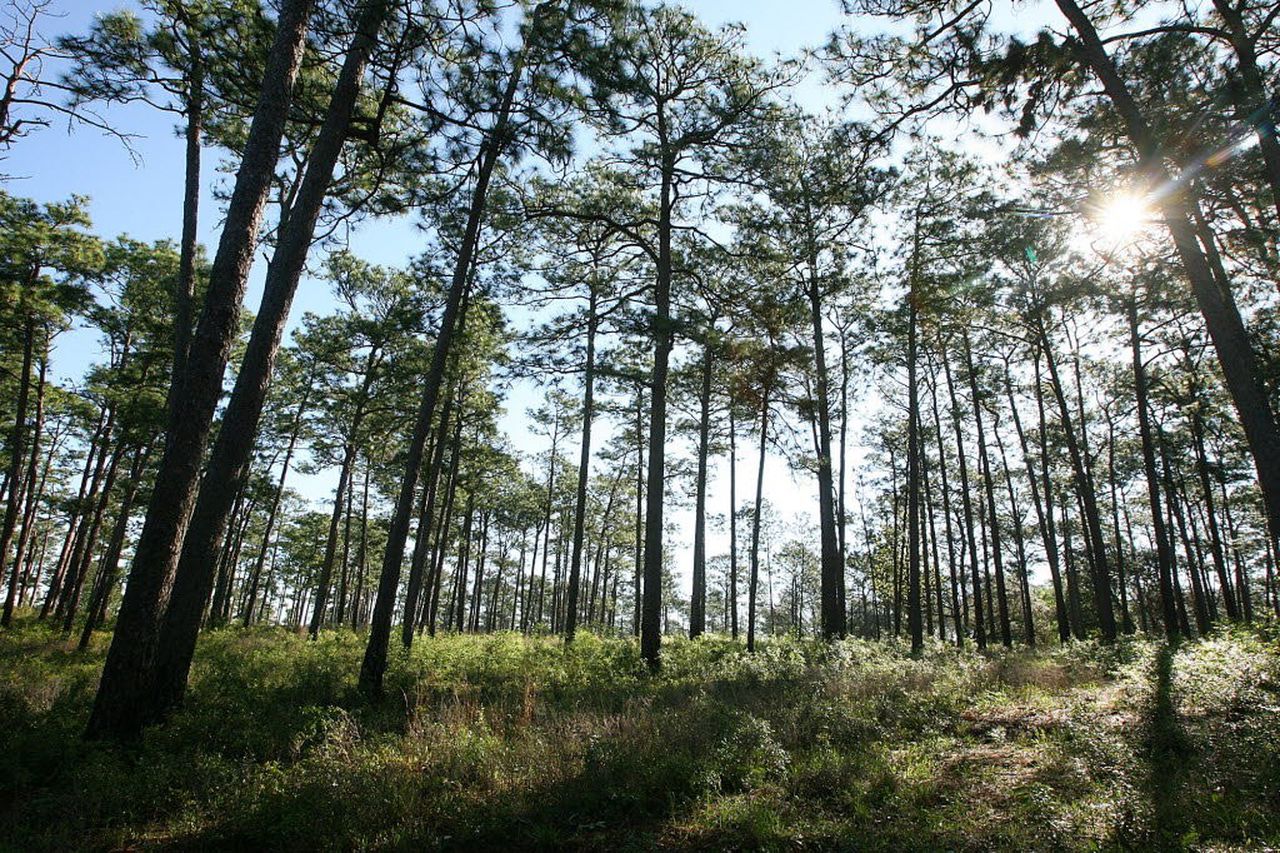uncover
Role in the Ecosystem
"Did you choose a species to focus on? Remember, everything is connected in an ecosystem - especially in the longleaf pine ecosystem! So helping one species will help lots of species!"
The Planeteers are right! Let's explore how your species is connected to the forest, other species that live in the longleaf forest, and what makes it a healthy ecosystem.

Elements of an Ecosystem
Recall in UNCOVER, we discussed what exactly we meant by an ecosystem. It's the community of plants, animals, and other organisms or biotic elements, that exist and interact with the non-living physical and chemical features of the environment, or its abiotic elements. To review, below are a list of biotic and abiotic elements that make up the longleaf pine ecosystem.
ecoSYSTEM
Think about the species you chose to focus on.
Now that you are thinking about a specific plant or animal species that lives in the longleaf forest, you may be starting to realize that all of the elements in the ecosystem depend on each other! They are part of an ecological system - an ecosystem!
Living things depend on certain non-living characteristics of a habitat to survive. They may also depend on other living things for food and energy. And in many cases, other animals depend on them to survive.
